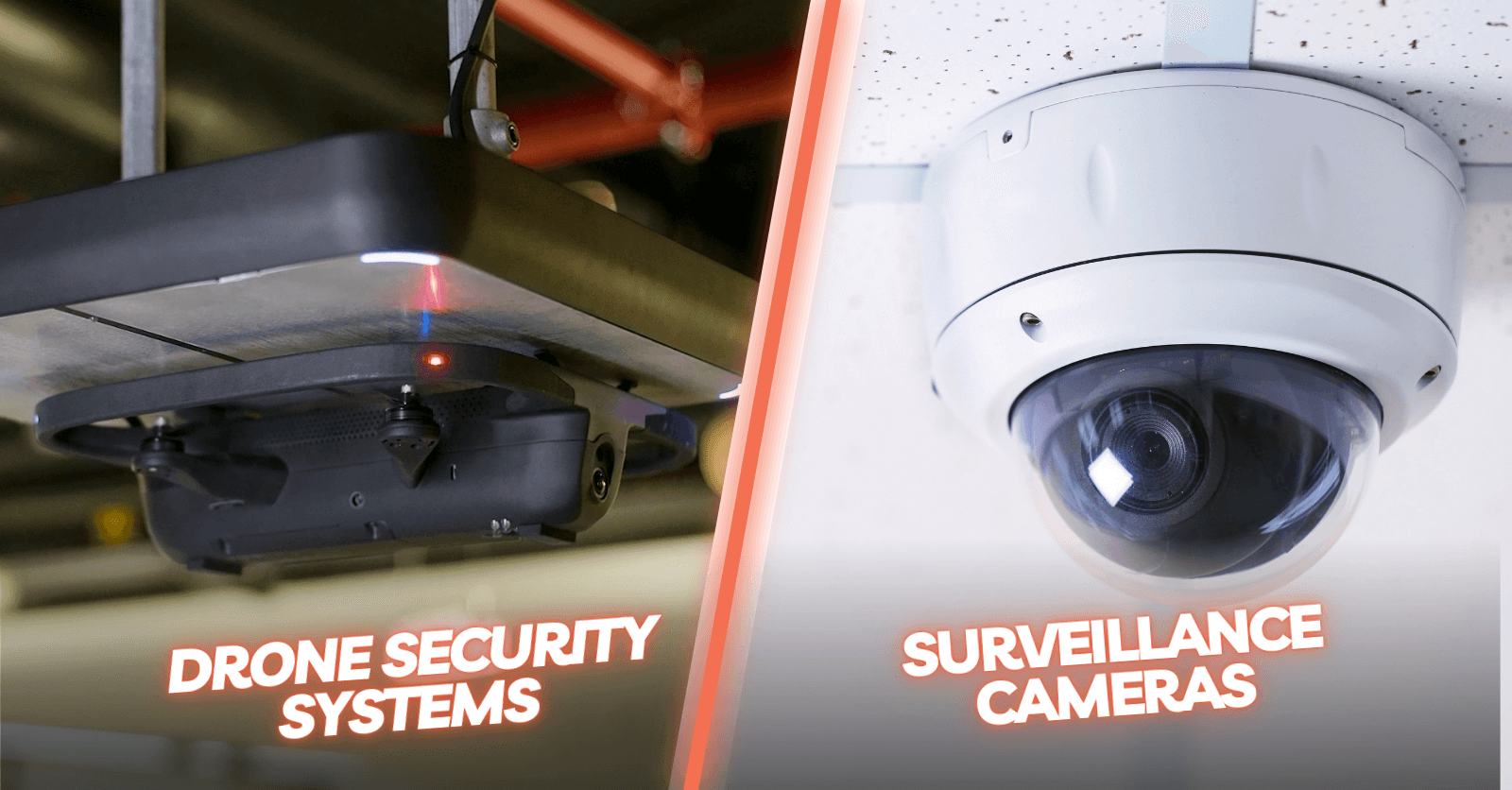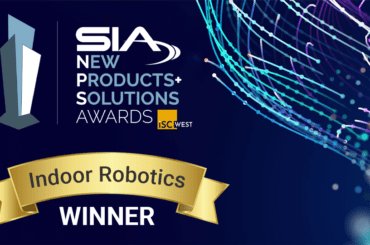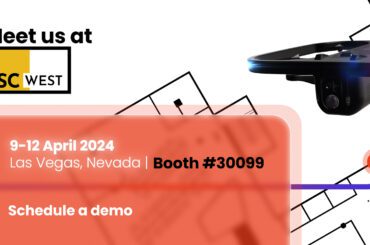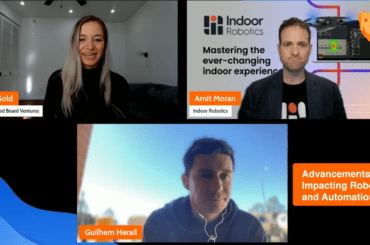Many security offices resemble NASA when you peer up at that glowing wall tiled with giant monitors providing live camera imagery from dozens of locations throughout a facility. Indeed, aside from foot patrols, a security guard’s primary occupation is often sitting in front of those screens, looking for any suspicious movement or activity that should be further investigated.
This approach certainly provides a sense of comprehensive coverage, but as we’re about to discover, it actually creates a false sense of security due to a list of well-known drawbacks associated with closed circuit camera installations.
An old paradigm with well-known problems
First, let’s address the primary issue: a surveillance camera is mounted in a static location. Anyone looking to get into some mischief — anything from graffiti to destruction to theft, or worse — needs do nothing more than look up to identify the danger zones to avoid. We’ve all seen the caper movies in which the criminal ducks under the camera or sneaks around the side and simply covers it up. Even with more sophisticated camera installations that operate on a motorized swivel mount, it’s a predictable, automated, limited sweep that’s easy to avoid.
That leads us to our next point: In order to cover every area of a large facility (consider the complexity of a large mall with all its businesses, loading and storage areas, offices, corners, obstructions, etc.), the security manager would have to install and maintain massive numbers of cameras mounted in every location, pointed in every direction. This is, of course, rarely the case, and for good reason: It’s a massive undertaking — the cameras themselves are expensive and need to be updated periodically. The wiring or WiFi connectivity must be maintained and periodically upgraded as well. The end result? Not enough camera, not enough visibility.
Next, let’s talk about camera capabilities and technologies. As even a modest network of cameras represents a significant investment, most standard hardware is not high resolution or set up to automatically zoom or react. At best, there may be a motion-detection-based alert. When they do zoom, that picture gets blurry and pixelated fairly quickly, and when the images are black and white rather than color (in order to cut down on communication transmission speed), the images are even less useful.
Finally, the privacy issue: Cameras mounted on the wall, and aimed down at the workforce, can be uncomfortable, if not illegal. Even if only intended for after-hours use, there is no way to know when they are functioning, recording, who is looking, or why.
In short, this traditional approach — which is, let’s remember, over half a century old — brings with it so many weaknesses that it’s almost irresponsible to rely on cameras for peace of mind when a more effective solution is readily available. Which brings us to …
Drones for security surveillance
Let’s see, point for point, how every one of the issues above is solved or dramatically improved through the use of today’s airborne drones that autonomously patrol office buildings, parking structures, malls, and warehouses, all 24/7.
The clearest advantage is that there is nothing static about an indoor surveillance drone. On its own or simultaneously with others as part of a fleet, it flies through the air on predetermined routes, looking for departures from the norm, recording 360-degree video to document everything happening in all directions. When something suspicious occurs, it can adapt and move in closer for a better look. The sneaky avoidance techniques we talked about in thriller movies don’t apply as the routes are not predictable and there’s no obvious angle from which someone can stay out of view. A drone’s eagle-eye view also makes it tough to hide behind obstacles.
Drones also eliminate the privacy issue, as they only emerge and begin work after hours, without creating that feeling of being watched by a static camera as you work.
Drones for security can also come fully loaded with extra-high-res sensors and cameras that can see in low light, detect unusual heat or water, and compress the data on the fly (a pun too good to skip) so that the full-resolution video, sharp and in color, can document the entire flight. And here’s the rub: even with all these advantages, a drone costs roughly as much as three or four cameras, but then replaces 100 of them! It’s a clear case of future-proofing, as it’s much less expensive to upgrade a single drone with a new sensor that expands its capabilities, than to do so with a massive network of cameras -– assuming they even include this option.
The human factor
And let’s not forget the human factor. Cameras don’t do anything autonomously or with the advantage of AI. That wall full of screens we talked about? It needs to be watched nonstop by human guards. Assuming they could somehow monitor them all at once (which they can’t), that supervision cannot be airtight. Who could blame a guard for missing a quick movement due to a limited attention span toward the end of a long shift? It’s unstimulating work in which the screens will, 99% of the time, show nothing of note.
Finally, there’s the issue of cost savings and peace of mind. With a drone security system, 24/7 coverage continues unabated on weekends and holidays (and no, they don’t request any overtime pay!). A drone-based platform alerts management remotely, even showing specific footage through an app or website, so that the individual on call can decide whether it is worth a trip into the office to investigate. Drones for office security thus reduce false alarms and wasted time.
We’ve written before about the disadvantages of human guards in general, but when we also consider the drawbacks of the camera systems – their most popular tool – the conclusions become even more clear: Drone security saves time and money and provides better results. It is a paradigm whose time has come.
Every facility is different, whether due to size, complexity of layout, specific risks, existing security precautions and more. Contact our team to see how our Tando drone platform can fill your specific needs.






